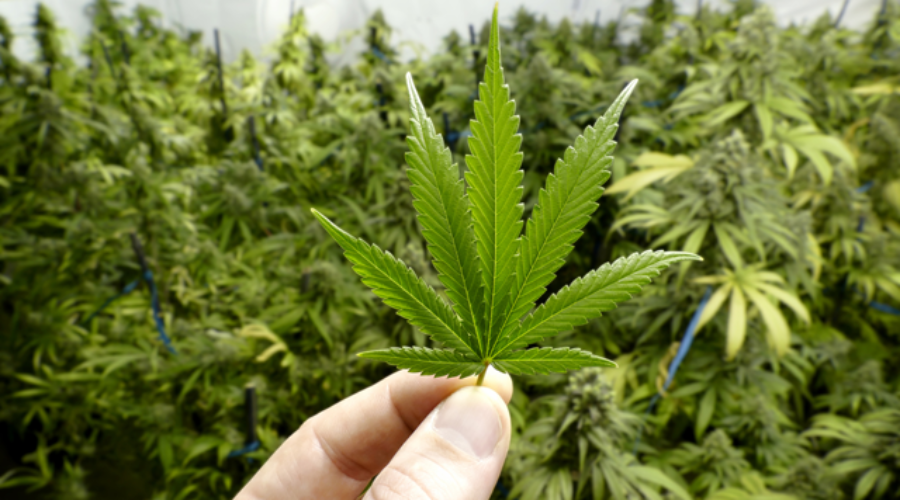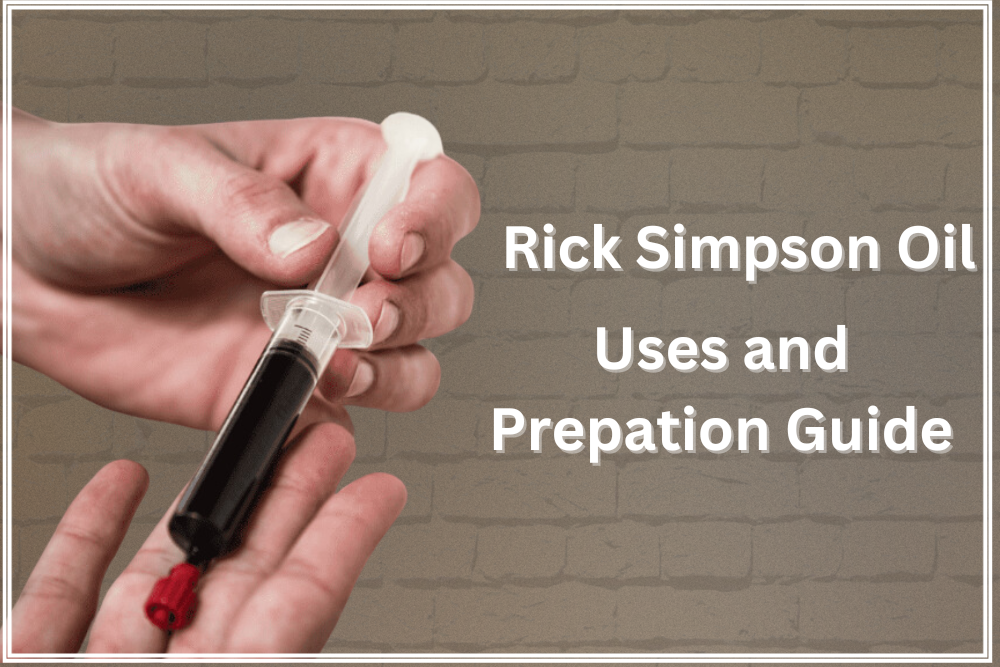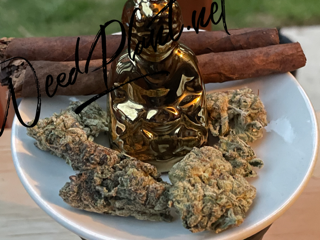Outdoor Calendar for Maximum Cannabis Growth
Outdoor Cannabis cultivation has a stronger trend than indoor growing. It seems easy to grow it outdoors as nature takes the responsibility to provide all major elements, like sunlight, air, and more. But, let us tell you a secret.
For successful outdoor cannabis growth, you should know the demand for this weed each month. Yes, marijuana needs unique requirements around the year. Therefore, for a healthy weed, you should have a strong idea of what requirements you should provide in the upcoming month.
Why is an outdoor calendar needed?
The most important question to follow is what makes an outdoor calendar compulsory. Actually, it’s the swing in the demand for cannabis growing that makes a calendar to consider. From growth to the vegetative and flowering stage, it gets variation in photoperiod. When the nights get longer, the time of sunlight gets reduced. Here comes the need to consult the outdoor calendar for maximum cannabis growth.
Stay with us. We are going to explore this seasonal need.
Outdoor Calendar for Maximum Cannabis Growth
Growing Marijuana demands a good insight into your location. It, definitely, affects the pattern of growth in different seasons. Therefore, we studied the North and South hemisphere of the USA and came up with a quick calendar. Let us explore both hemispheres one by one.
Northern hemisphere
- February- The end of January is an ideal time to grow marijuana. Therefore, you have to provide the optimum environment for its growth. The ideal temperature during this season is 68 to 77°F. Indica strain of marijuana is a good choice due to the shorter growing period.
- March- In this month, the days started longer. You should provide the marijuana leaf with maximum sunlight. Take a good start with clones or sprouting the marijuana plant. And the cannabis will be ready by the end of March. Generally, auto-flowering strains are suitable during this season.
- April- In this month nights are still colder. But the days are warmer with an extended duration of sunlight. You don’t have to be too conscious during this season. Marijuana plants can get enough light naturally. But make sure to take your plant indoors at night. Keep in mind, don’t stress the plant with sudden light. Let it get used to it slowly.
- May- This month brings spring, which is the ideal time to grow marijuana outdoors. On the safer side, mid-May is good for auto-flowering strains. It will take three months to fully develop. If you take a good start in mid-May, cannabis will be ready in mid-August, for sure.
- July- It is the ideal marijuana growing season because the day length is the longest among all months. At this time, you can grow photoperiod strains, in addition to auto-flowering. Flowers start blooming with speed. Give your growing weeds a favor and remove any male plant to skip pollination.
- August- This month is famous for harvesting cannabis. Day length starts to shorten in August. Cut the head of flowers and let them dry at room temperature by putting them upside down. Keep in mind, photoperiod cannabis starts to bloom by the end of this month.
- September- Days get cooler in September in which photoperiod cannabis starts producing more pistils and flowerheads. At the end of this month, fall starts. Now, the marijuana growing season in the northern hemisphere is at its end. Provide shelter to your weeds to keep them safe from the air.
- October- This month is the top of fall. Your cannabis plants are in full swing. Check them out and destroy any plant that seems abnormal. Some plants are stronger to tolerate 30 to 32 °F. But don’t try to keep them longer at this temperature.
Now, the North cannabis calendar is closed. You can enjoy weeds wait for the next February.
Southern hemisphere
- February- Take a good start in February to grow marijuana. Get weed seeds and this season is good for the Sativa strains. During this month, the average day length lies between 10.5 to 11.5 hours.
- March- Average day length start to increase this month. At this time of the marijuana growing calendar, days feel warmer. Make sure to provide continuous sunlight for up to 12 hours. You can compensate for the shortage of light with artificial sources.
- April- Except Hawaii, April comes with longer and warmer days. Make sure to provide sunlight for 13 hours a day. For this purpose, you can put the plant outside for natural support. But don’t forget to put them indoors in dark.
- May- This month brings spring and the longer days. It’s good to support the vegetative stage. You can shift the growing weeds outside as the nighttime does not bother their growth.
- June- It comes with the longest daytime. As a result, the growth of young plants gets feasible. The growing speed of photoperiod gets enhanced and auto-flowering plants bloom at a faster speed.
- July- This month comes with the warmest days that are feasible for pistils development of photoperiod plants. In addition, auto-flowering plants start to produce large flowers during this season of growth.
- August- August is an ideal time to harvest auto-flowering marijuana. Cut the flower heads and hang them until they dry in dark. Photopreodic weeds enter the last step of flowering when the day length falls below 14 hours.
- September- At this time the fall starts officially and days start to get shorter. It is the indication of the end of the marijuana growing calendar. You can harvest the photoperiodic cannabis weeds.
- October- This month takes the fall to its peak. Now, the marijuana growing season is officially at an end. You can harvest the weed and wait for the next February for another round of growth.
Final words
Growing marijuana calendar has a lot of ups and downs based on day length. Our findings say that warmer days are good for marijuana cultivation. In addition, if you need the weeds in months having short day length; pick the strains that demand shorter days than others.



